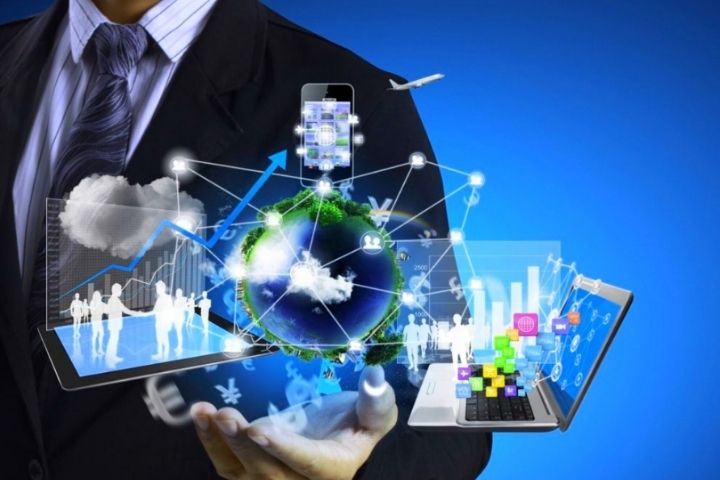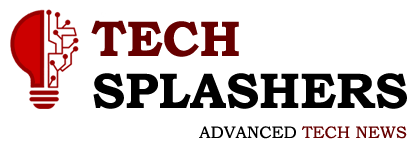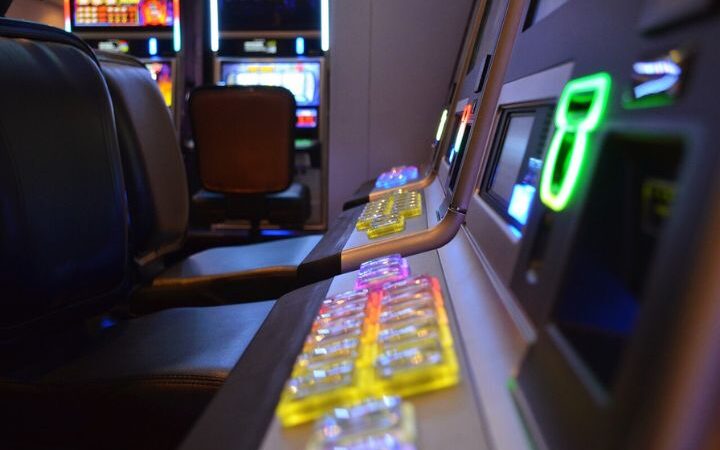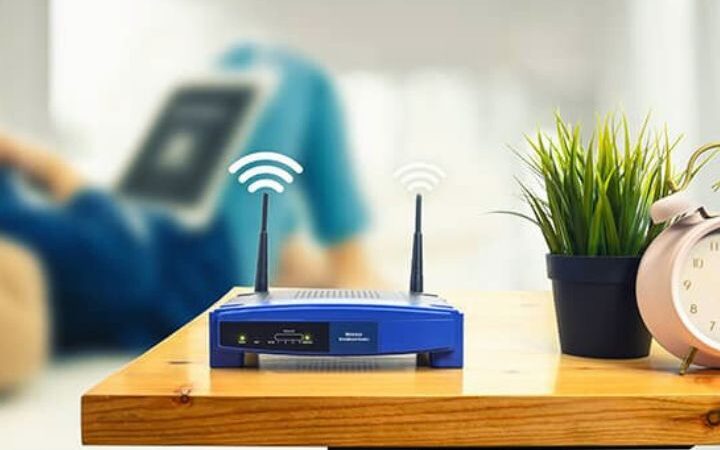8 Technological Innovations That Will Change Our Future

Can you imagine having a superhero sight like Superman? Cure cancer with a chip? Stop suicide by chatting on Facebook? This could very soon be a reality thanks to technology.
The technology company IBM published a report in which it mentions some predictions of technological innovations that will have a great impact on humanity in the coming years.
In addition to these predictions, there are technological innovations that already surprise the world, we live with them and in the coming years they will be able to show their full potential.
Get to know the list of technological innovations that will change our lives in the coming years:
Table of Contents
Artificial Intelligence Will Help Mental Health
About 10% of the world’s population suffers from depression or anxiety and mental disorders account for 30% of the global burden of non-fatal disease, according to a study by the World Health Organization.
Can you imagine detecting these mental illnesses by analyzing our speech and writing?
In 5 years, everything we say and write will be an indicator of our mental health and physical well-being. Thanks to artificial intelligence, we will be able to count on new cognitive systems capable of analyzing our speech and writing and identifying patterns that could give warning of possible mental illness in an initial phase.
With this information, it will be possible to apply a better treatment to the disease and even help patients with Parkinson’s, Alzheimer’s, Huntington’s, autism or attention deficit.
Currently, Facebook is building predictive models by analyzing users’ text posts to prevent suicide; while Cogito, a company founded by MIT’s DARPA, is testing an application that creates a picture of a user’s mental health just by listening to the sound of their voice during the day.
The Hyperimage Will Give Us A Superhero Vision
Having a hawk’s sight would not be the best thing you could ask for in the future. Thanks to hyper image technology, we can see beyond the visible and detect valuable information or potential dangers that would be unknown or not perceptible to the human eye.
In 5 years we will have portable devices that could improve vision in several ways: It could help a driver see through rain, fog and identify hazards or difficult-to-see conditions on a road that are at a great distance.
This device incorporated into our mobile phone could take images of our food and show us its nutritional value or indicate whether or not it is safe to eat it. It could also be distinguished if a medicine, a check or a bill is counterfeit. The best part is that this vision of “superhero” is expected to be part of the everyday experience, making the cost of this device accessible to the public.
Microscopes To Understand The Complexity Of The Earth In Detail
The technological innovations represent more than 6 billion connected objects, from drones, cameras to satellites or large telescopes, which generate tens of exabytes of data per month, increasing their volume by 30% per year.
However, most of this data is not organized and it is estimated that a scientist spends 80% of his time “cleaning” this data rather than analyzing and understanding it.
In 5 years, it will be possible to use machine learning algorithms and software called “macroscope” that will help organize the complex information, collected by the millions of connected devices, about the physical world that surrounds us and make discoveries from them.
For example, by analyzing data on climate, crops and water levels, better decisions could be made about where to grow crops and harvest them in a way that conserves their water reserves.
Medical Laboratories On A Chip Thanks To Nanotechnology
Detecting disease at its inception would be crucial for its possible cure and this could happen in the next 5 years with the tiny medical laboratories on a chip that would be developed thanks to nanotechnology and scientific advances.
If we detect disease early, it is very likely to be controlled and cured. Even diseases like cancer or Parkinson’s that are difficult to detect and hide in our bodies without showing symptoms could be discovered.
This chip could be incorporated into a portable device and send the information to the cloud. This combined with data from other devices such as smartwatches, sleep monitors, among others, could provide a complete map of our health and quickly alert us at the first signal.
Smart Sensors Will Detect Environmental Pollution At The Speed Of Light
Methane is the primary component of natural gas and a source of clean energy. However, if methane leaks into the air, it can heat up the earth’s atmosphere, contributing to global warming.
According to IBM, we will have scientific advances in sensorization deployed near natural gas extraction sites that will allow detecting leaks in real-time. In this way, pollution and the possibility of a catastrophe would be reduced.
And in 5 years, the sensors will be able to expand their detection capabilities beyond methane. They will be able to detect oil residues in water, harmful pollutants from a vehicle and other particles in the air. In this way, we will better protect the environment.
Robots Will Replace Workers
Currently, there are about 25 million mobile robots around the world and their insertion in domestic and industrial environments is planned in the future.
“In the next 15 years, it is estimated that 4 out of 10 people will be replaced by robots to perform repetitive tasks such as cutting the grass or collecting products at a supermarket cashier,” says Joan Cwaik, technological innovator and coordinator of the Center Technological Disclosure of the Faculty of Engineering of the UADE.
“Artificial intelligence in the industry allows production processes to become more efficient and accurate. The productive industry in Peru must adapt to this new trend, thus demanding more technical professionals specialized in technologies like this one. Robotics that makes use of artificial intelligence will take on more and more prominence in Peruvian industry ”, says Juan Carlos Quillas, academic head of the Idat School of Engineering.
Virtual, Augmented And Mixed Reality To Live Digital Experiences
In 2016, we experienced the uses of augmented reality with intensity, especially with the launch of Pokemon Go that took millions of users to the streets. Virtual reality evolved and helmets began to be sold massively and not only for video games, it is also used at an educational level and to treat certain phobias. In the coming years, it is estimated that this technological innovation will change the cinematographic language that we Consume. The story would be in 360 degrees and devices that incorporate sensors for touch, smell, etc. will be added.
Self-Contained Homes For Energy Efficiency
Home automation has an important role as a source of innovation. In the coming years, homes will be automated in opening and closing doors, air conditioning, use of electricity, etc. In this way, they promote savings and make efficient energy consumption.
Undoubtedly, these technological developments will have a major impact on our lives, as will the scientific advances in autonomous vehicles and drones that were shown this year.
You too can develop technological innovations that have a great impact on humanity. With our Industrial Mechatronics career, you will have all the tools to achieve your goals.






